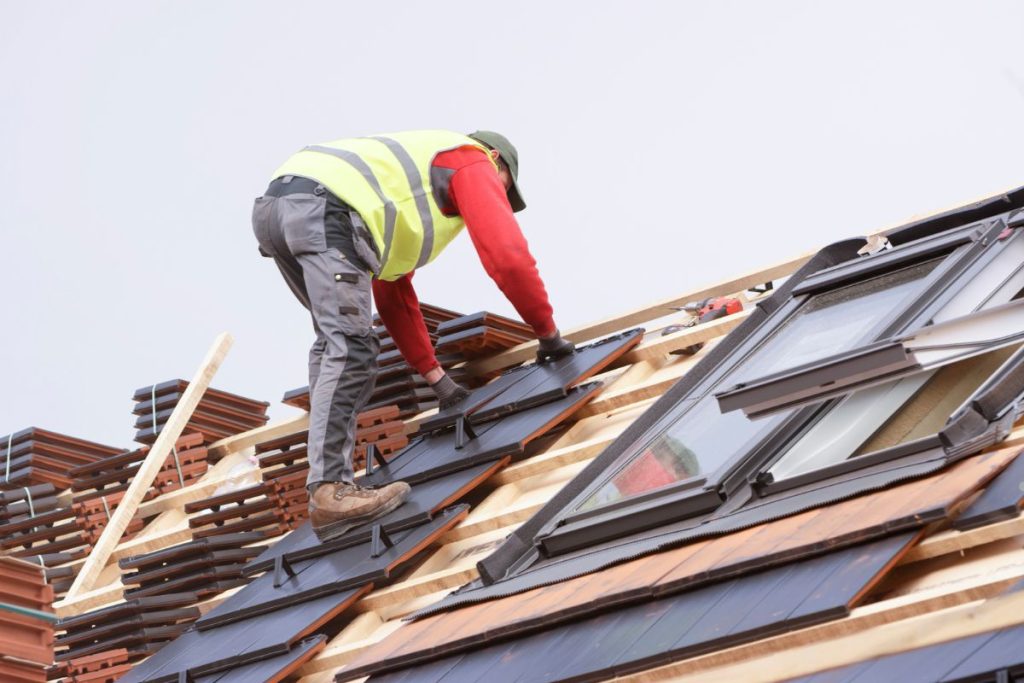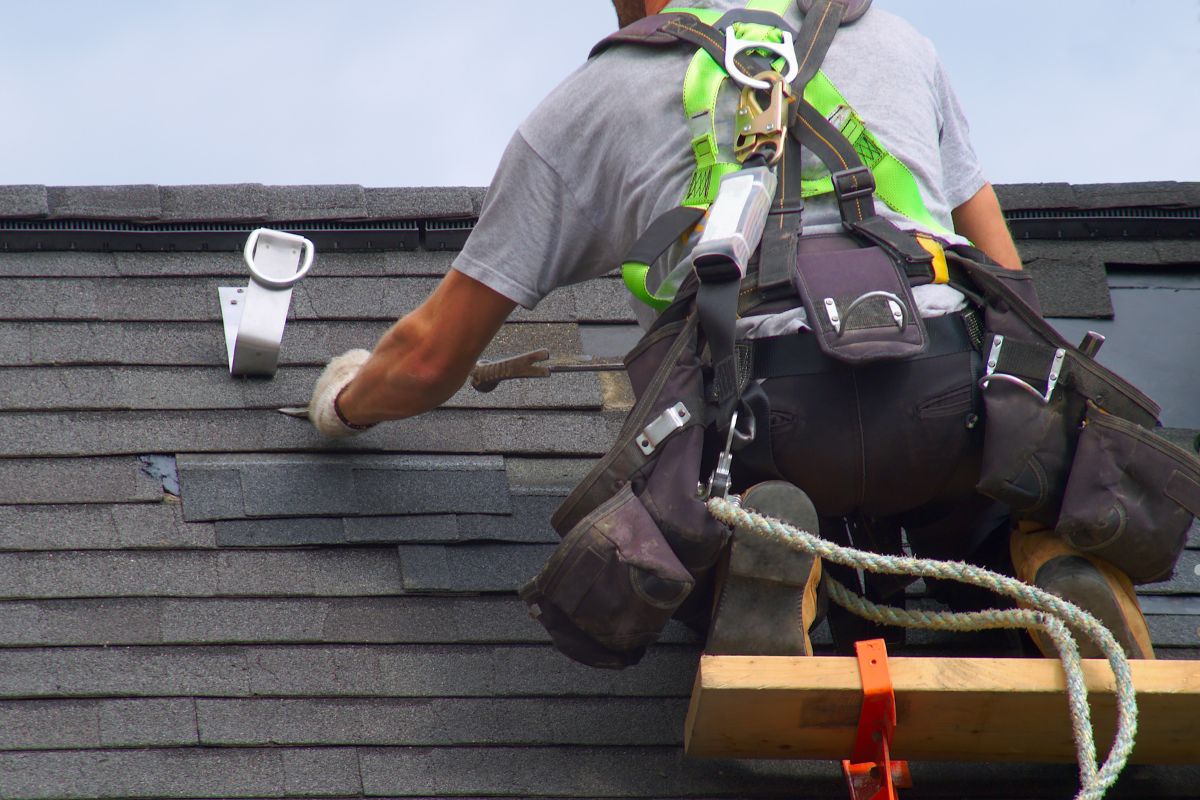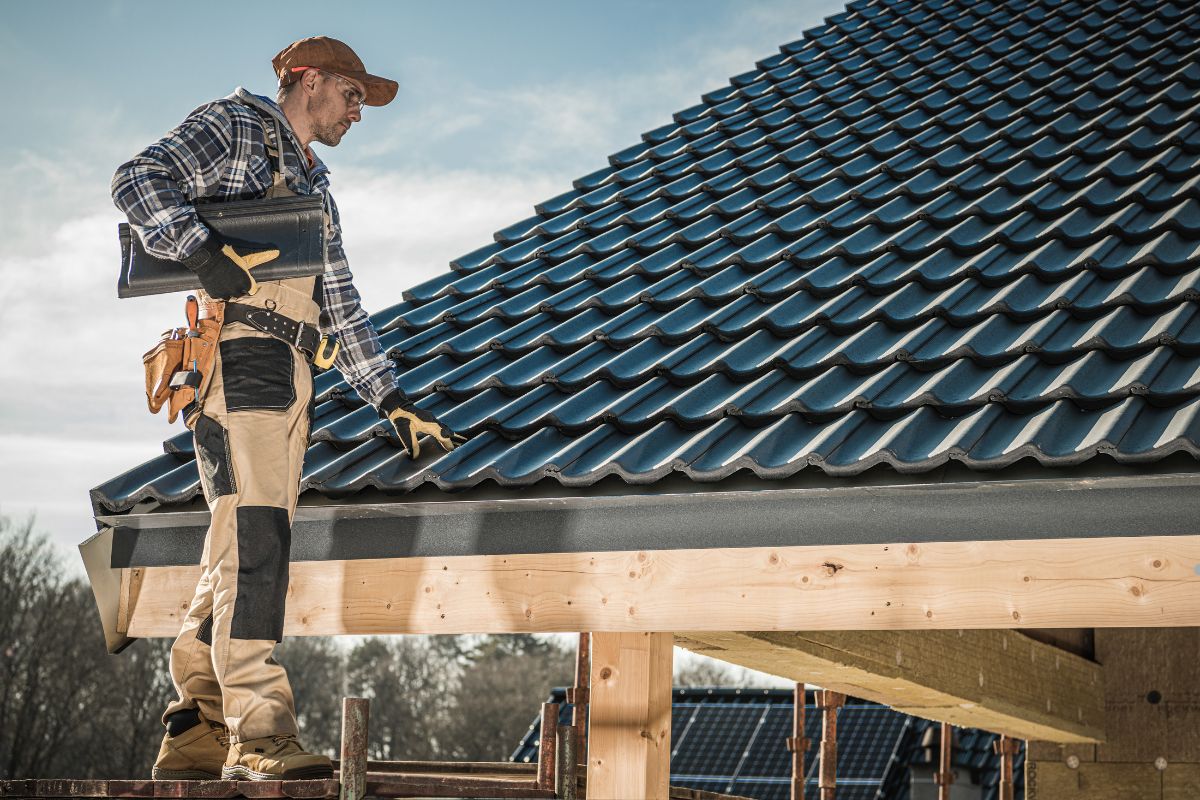
Are you looking for a durable, cost-effective, and energy-efficient roofing solution for your home or business in the USA? Single-ply membrane roofing systems are an increasingly popular choice, offering a versatile and reliable option for both commercial and residential buildings. This guide will provide you with a comprehensive understanding of single-ply roofing, covering its different types, benefits, installation, costs, maintenance, and how to choose the right contractor. By the end, you’ll have the knowledge to make an informed decision about whether single-ply roofing is right for you. We’re here to help, so don’t hesitate to call us for expert advice and service.
What is Single-Ply Membrane Roofing?

Single-ply membrane roofing is a lightweight, flexible, and cost-effective roofing system made from synthetic rubber or plastic polymers. Unlike built-up roofing (BUR), which has multiple layers, single-ply membranes provide durability, weather resistance, and easy installation. They are a popular choice for various buildings across the U.S.
Thinking about upgrading? Now might be the perfect time to explore your options. Learn how reflective roof coatings can enhance energy efficiency.
Types of Single-Ply Membrane Roofing
There are three primary types of single-ply membrane roofing systems, each with its own unique characteristics and advantages:
TPO Roofing
TPO (Thermoplastic Polyolefin) roofing is a single-ply membrane made from a blend of polypropylene and ethylene-propylene rubber. It’s known for its cost-effectiveness, energy efficiency, and reflectivity. Its reflective surface helps reduce cooling costs in warmer climates, making it a popular choice in many parts of the US. TPO is commonly used on commercial buildings and is a great contender in the flat roofing systems world. However, the quality of TPO can vary between manufacturers.
PVC Roofing
PVC (Polyvinyl Chloride) roofing is another type of single-ply membrane known for its durability, chemical resistance, and longevity. PVC membranes are particularly well-suited for buildings that require resistance to chemicals, such as restaurants or manufacturing facilities. PVC roofing is a long-lasting option and offers excellent protection.
EPDM (Ethylene Propylene Diene Monomer) roofing is a rubber roofing membrane made from recycled tires, known for its flexibility, weather resistance, and affordability. EPDM is often referred to as “rubber roofing” and is a popular choice for low-slope roofs. While EPDM is a great entry-level single-ply membrane, understanding its limitations, such as seam vulnerability over time, is key. Explore related options by looking at our other commercial roofing solutions.
Benefits of Single-Ply Membrane Roofing
Single-ply membrane roofing offers a multitude of benefits for building owners, including:
- Durability: Resistant to tears, punctures, and UV damage, ensuring a long lifespan.
- Energy Efficiency: Reflective surfaces can reduce cooling costs.
- Cost-Effectiveness: Offers a balance of performance and affordability. Consider the overall life cycle cost when comparing roofing options.
- Installation Speed: Faster to install compared to multi-layered systems.
- Versatility: Suitable for various roof types and building designs.
- Environmental Benefits: Some membranes are recyclable, reducing environmental impact. If sustainability is a priority, discover eco-friendly roofing here on our site
Installation Process

Proper installation is crucial for the long-term performance of a single-ply membrane roof. Here’s an overview of the key steps:
Preparing for Installation
The roof surface must be clean, dry, and free of debris. Any existing damage needs to be repaired to provide a smooth and stable base for the membrane. Preparing properly is very important, so call us so that your installation will be done smoothly
Installation Methods
Single-ply membranes can be installed using three primary methods: mechanically attached, fully adhered, and ballasted. Mechanically attached systems use fasteners to secure the membrane to the roof deck. Fully adhered systems use adhesives to bond the membrane directly to the substrate. Ballasted systems use gravel or pavers to weigh down the membrane. Choosing the right method is important; our experts can help determine the best solution for your roof’s structure.
Seam Welding and Securement
For TPO and PVC membranes, seam welding is critical. Heat welding creates a waterproof and durable seal between the membrane sheets. EPDM membranes typically use adhesives or specialized tapes for seam securement. Seam integrity is essential; for more information, our article details proper welding practices for membrane roofs
Cost Considerations
The cost of single-ply membrane roofing can vary depending on several factors:
Factors Affecting Cost
These factors include the type of membrane (TPO, PVC, EPDM), the size of the roof, the complexity of the installation, labor costs (which can vary by location), and insulation requirements. Generally, EPDM is the most affordable option, while PVC tends to be the most expensive due to its superior durability. Contact us for an accurate, transparent estimate.
Budgeting for Your Project
Obtain multiple quotes from reputable roofing contractors, factor in potential unexpected costs, and consider the long-term ROI of a durable, energy-efficient roof. Investing in a high-quality single-ply roof can save you money over time.
Considering a roof replacement soon? See our roofing maintenance services for more information on keeping your roof in top shape!
Maintenance and Repair
Proper maintenance is essential to prolong the lifespan of your single-ply membrane roof.
Regular Inspections
Inspect your roof at least twice a year to identify potential problems early. Look for seam irregularities, punctures, debris accumulation, and any signs of water damage. .
Common Issues and Repairs
Common issues include leaks, punctures, seam failures, and UV damage. Hire a qualified roofing contractor to perform any necessary repairs. Prompt repairs prevent further damage and extend the life of your roof. For expert advice call us! It is a wise decision for your roof, so call us now.
Prolonging Roof Lifespan
Regular cleaning, prompt repairs, proper drainage, and avoiding unnecessary foot traffic can all help prolong the lifespan of your single-ply membrane roof.
Choosing the Right Contractor
Selecting the right roofing contractor is critical for a successful single-ply membrane roofing project. Choosing the right contractor is just as important as choosing the right material!
Licensing and Insurance
Verify that the contractor is properly licensed and insured to protect yourself from liability.
Experience and Expertise
Choose a contractor with significant experience specifically installing single-ply membrane roofing systems. Look for certifications and training from membrane manufacturers.
Reviews and References
Check online reviews and ask for references from past clients to assess the contractor’s reputation and quality of work.
Conclusion
Single-ply membrane roofing is a versatile and reliable solution for both commercial and residential buildings in the USA. By understanding the different types of membranes, their benefits, the installation process, and cost considerations, you can make an informed decision about whether single-ply roofing is right for you. Choosing a qualified and experienced contractor is essential for a successful project.
Common Questions About Single-Ply Roofing
How long does a single-ply membrane roof typically last?
With proper installation and maintenance, single-ply membrane roofs can last anywhere from 20 to 30 years or even longer.
Is single-ply roofing energy efficient?
Yes, many single-ply membranes, particularly TPO and PVC, have reflective surfaces that can reduce cooling costs.
Can single-ply roofing be installed over an existing roof?
In some cases, yes, but it depends on the condition of the existing roof. A professional inspection is necessary to determine if a roof overlay is feasible.
Ready to get started with your single-ply roofing project? Contact us Today!
